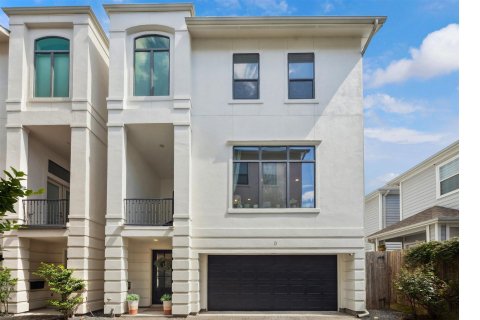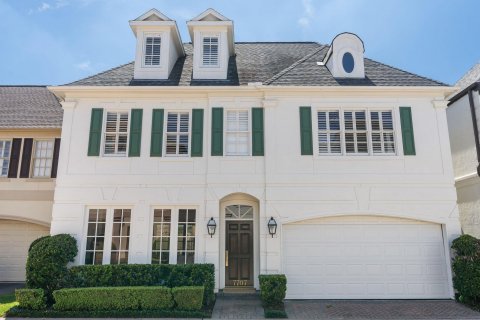New Mortgage Regulations Make Buying a Home Easier Than Ever in 2019
Getting More Home For Less Money Down is Now Within Reach
BY Garrett Clayton/Promoted //A new year brings the enactment of new mortgage loan regulatory policies that make buying a home more affordable and more accessible.
This article is part of a promoted series and not produced by the editorial staff.
If you have been thinking about buying a home, 2019 is going to be your year.
How do we know? Because when the clock struck midnight on New Year’s Eve, America rung in not only a new year but also the enactment of new mortgage loan regulatory policies that will make buying a home more affordable and more accessible to all aspiring homeowners.
Read on for what has changed and how it will benefit homebuyers in the New Year.
Increased Mortgage Loan Limits Mean More Bang for Your Buck
On January 1, 2019, the new conforming loan limit of $484,350 for one-unit properties in most of the country went into effect. The new limit represents an increase of more than $30,000 from the previous limit of $453,100 in 2018. This means qualifying homebuyers now have access to $30,000 more toward the purchase of a home than they had just a month ago in December of 2018.
Here’s how it works:
Conforming loan limits dictate the maximum loan amount Fannie Mae and Freddie Mac — the two entities who back the vast majority of mortgage loans in the United States — are able to guarantee. Loans over the set limit are considered jumbo loans, which require higher down payments than conforming loans and can have potentially higher interest rates (though rates between the two have remained comparable in recent years).
With the higher limit set for 2019, homebuyers can now borrow more money and still qualify for a conforming loan, likely allowing them to put down less and lock in a potentially lower interest rate. For many, this may put a larger home or a desired neighborhood within reach, where it wouldn’t have been a possibility before the increase.
Additionally, the FHA and VA loan limits are also set based on the conforming loan limit. As such, an increase in these loan limits has been announced as well and will offer the same advantages to borrowers as their conforming loan counterpart.
Documentation Requirements Are Becoming More Flexible
Historically, mortgage underwriting guidelines, i.e. requirements for getting approved for a mortgage loan, have strongly favored those with traditional and demonstrably reliable employment and income. Today, however, nearly 30 percent of the employed population fall into a non-traditional work category, like self-employment or gig work.
Fortunately, the government is taking note, and regulatory changes that will make it easier for individuals with non-traditional income sources to get a loan are trickling in.

New guidelines for 2019 will allow more flexibility regarding employment and income verification and documentation to help those who earn a living by less conventional means qualify for a home loan. These new underwriting products can help not only the self-employed but also those who may need to rely on alternative methods for proving income, or still others who may depend on a non-occupying co-borrower, like a parent or guardian, to subsidize their loan.
Bottom line: 2019 is making it easier than it has ever been to get approved for a home loan, especially for those who may not have met regulatory requirements in the past.
A 20 Percent Down Payment Is Not Required
For most borrowers with a conventional loan, putting down 20 percent of the home’s value up-front is a good idea. This practice typically ensures buyers are not required to pay personal mortgage insurance (PMI), which is tacked on to the monthly mortgage payments and can increase what the homebuyer ultimately pays for their property. And while conventional loans are great for many borrowers, there are so many other programs that allow you to put down much, much less than 20 percent and never pay PMI.
FHA loans only require a 3.5 percent down payment, VA loans and USDA Rural loans do not require any down payment at all, and Conventional 97 loans only require 3 percent down.
Not all borrowers qualify for every mortgage program and product, of course, but with so many options available most people can qualify for a loan that will meet their financial needs. An experienced mortgage professional, like those at AmCap, will be well-versed in the available options and be able to help borrowers determine which program best meets their financials needs and individual circumstances.
To discover the best home loan for you, connect with an AmCap professional in your area by visiting www.myamcap.com.
This article was written for educational purposes only, not as an advertisement for a specific loan product. Please contact AmCap for additional information.










_md.jpg)










